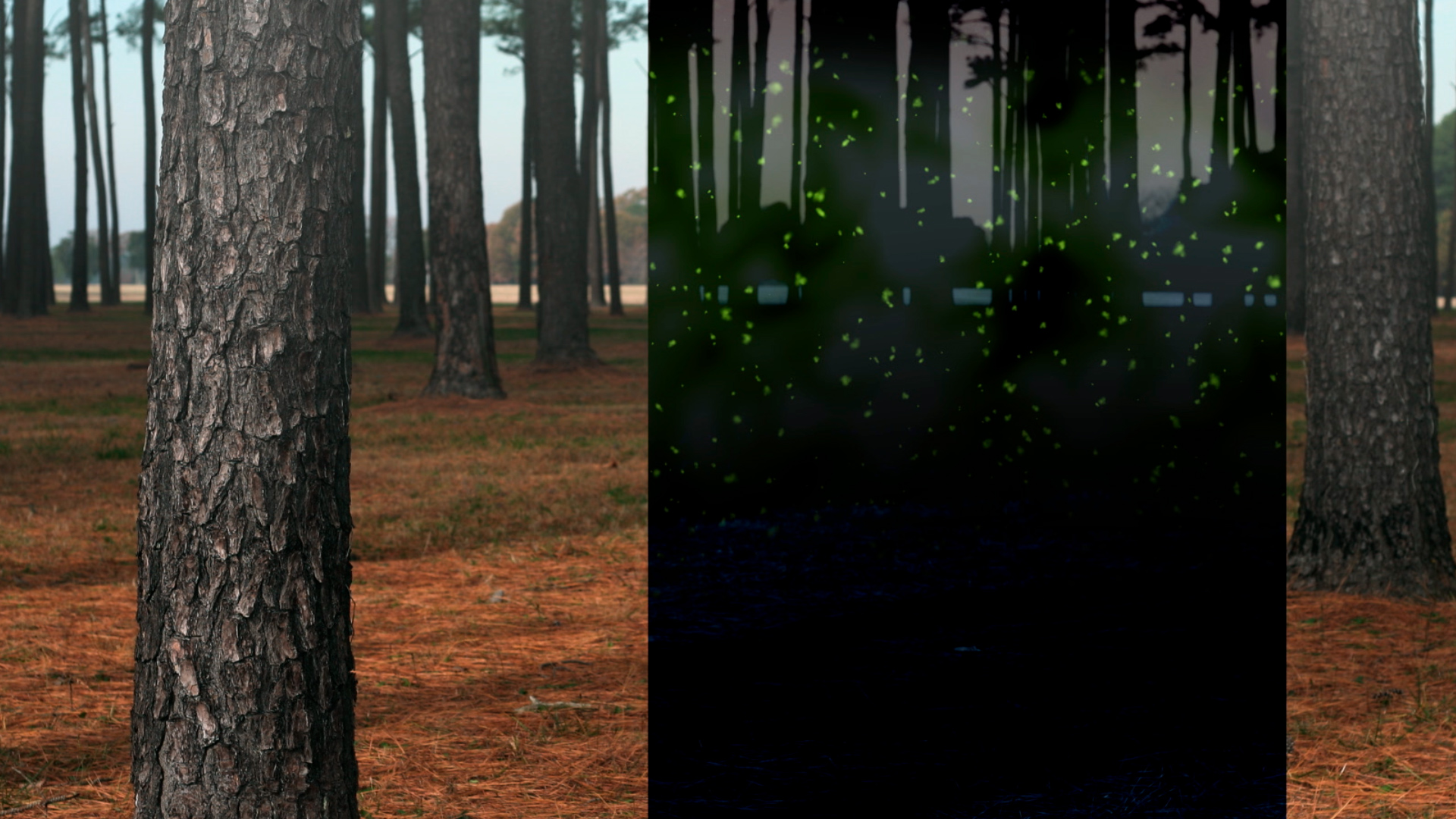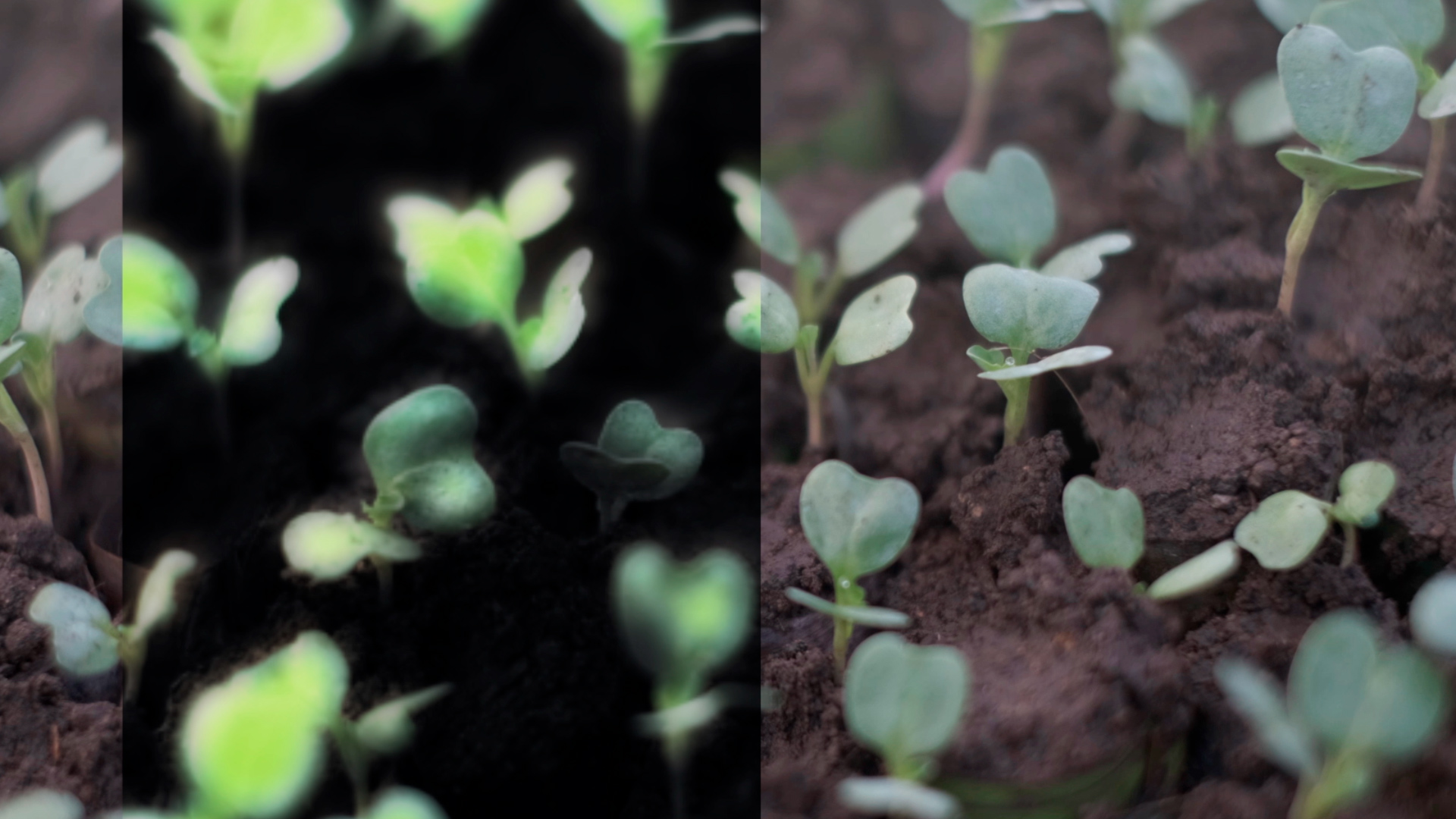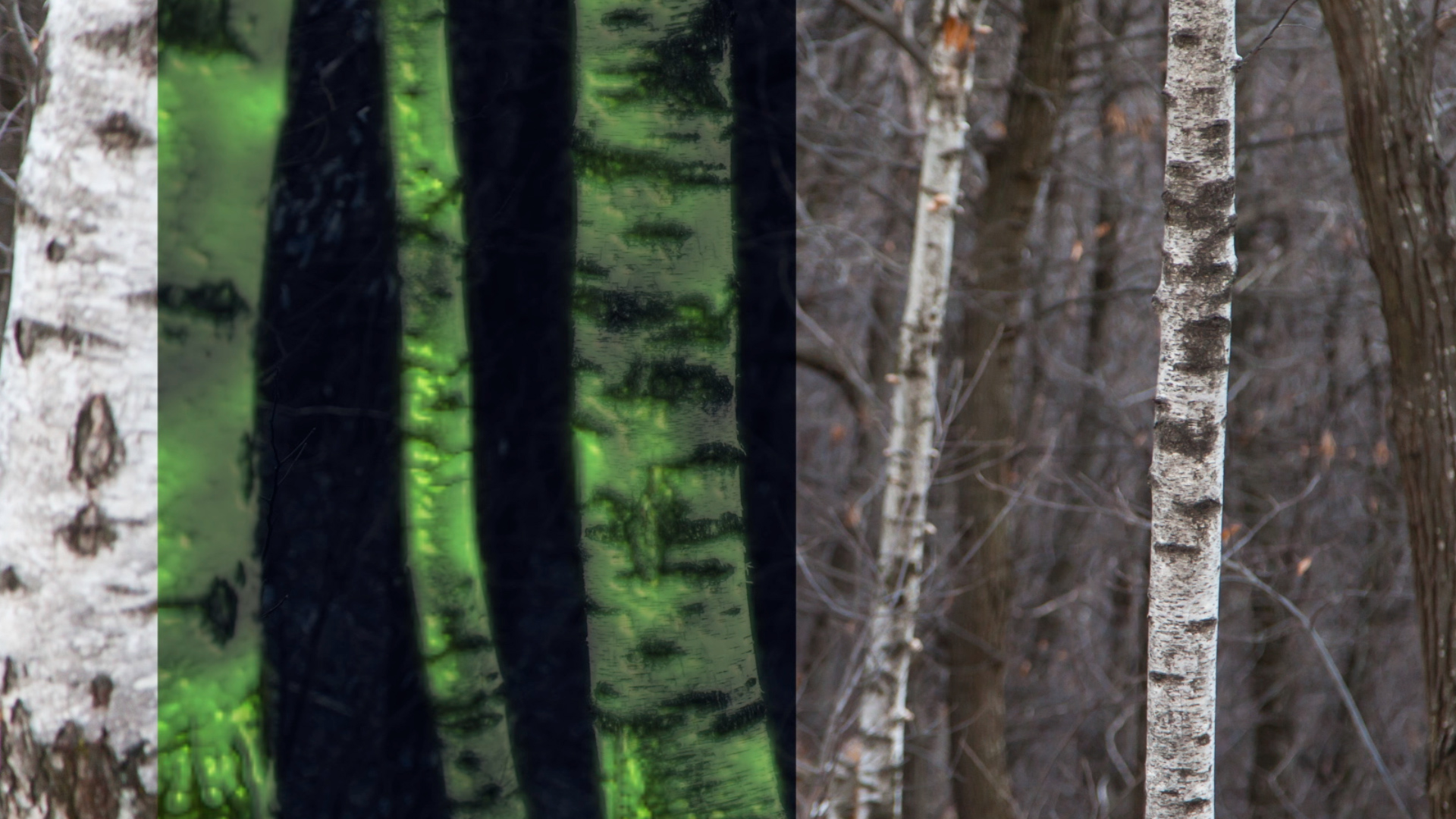What if we could go back to the very beginning of manufacturing technologies and create a new material that was fully sustainable, made from natural products? Well, we don’t have to: wood and plants are the super-materials already providing brand new solutions to age-old problems.
In recent years, genomic research and gene editing technologies are helping scientists to make better use of plants’ abilities by genetically enhancing to perform their existing superpowers better.
“Thanks to advances in technology, we can design a path the plant wouldn’t normally take, and transform its structure,” says Dr. Amanda Cavanagh, lecturer and plant biologist at the University of Essex. “For example, we can take a look at the way a food crops’ wild ancestor does something desirable, like survive heat better, and introduce that gene back into the selected plant.”
Cavanagh refers to bioengineering, a field of science that mimics or modifies biological processes. While nothing is risk-free, recent developments in the field offer great promise for standing up to major issues facing our society.
Instead of waiting for natural selection to happen over many generations, scientists are effectively hurrying the plants along in becoming stronger and smarter – more efficient at photosynthesis, for example. The next three initiatives will remind us to take a moment and marvel at all the wonderful things nature can help us reach.

1. Trees against climate change: capturing carbon straight from the air
When it comes to carbon dioxide emissions, a potential savior can be found closer than anticipated: in nature. By tapping into the genes of plants that are especially effective at carbon storage, scientists can encourage more species to use that trait more effectively. Enter Living Carbon, a San Francisco based startup that removes carbon from the atmosphere.
“We believe we can draw down around two percent of global carbon dioxide emissions by 2050 using approximately 13 million acres of land. Meanwhile, there are up to 133 million acres of reforestation opportunity in the United Sates,” says Maddie Hall, CEO and co-founder of Living Carbon.
The company takes genes derived from plants that already naturally store carbon efficiently and uses them to apply this trait to other plants. When trees store carbon dioxide in their tissues, their cells go through a process called photorespiration. This is what breaks down the carbon compound, Hall explains.
“Photorespiration is an inefficient process in plants: some carbon dioxide is released rather than fixed into the plant tissue,” she explains. “A small minority of plants have evolved the ability to fix carbon dioxide more efficiently without undergoing this wasteful process. Our plants behave similarly.”


